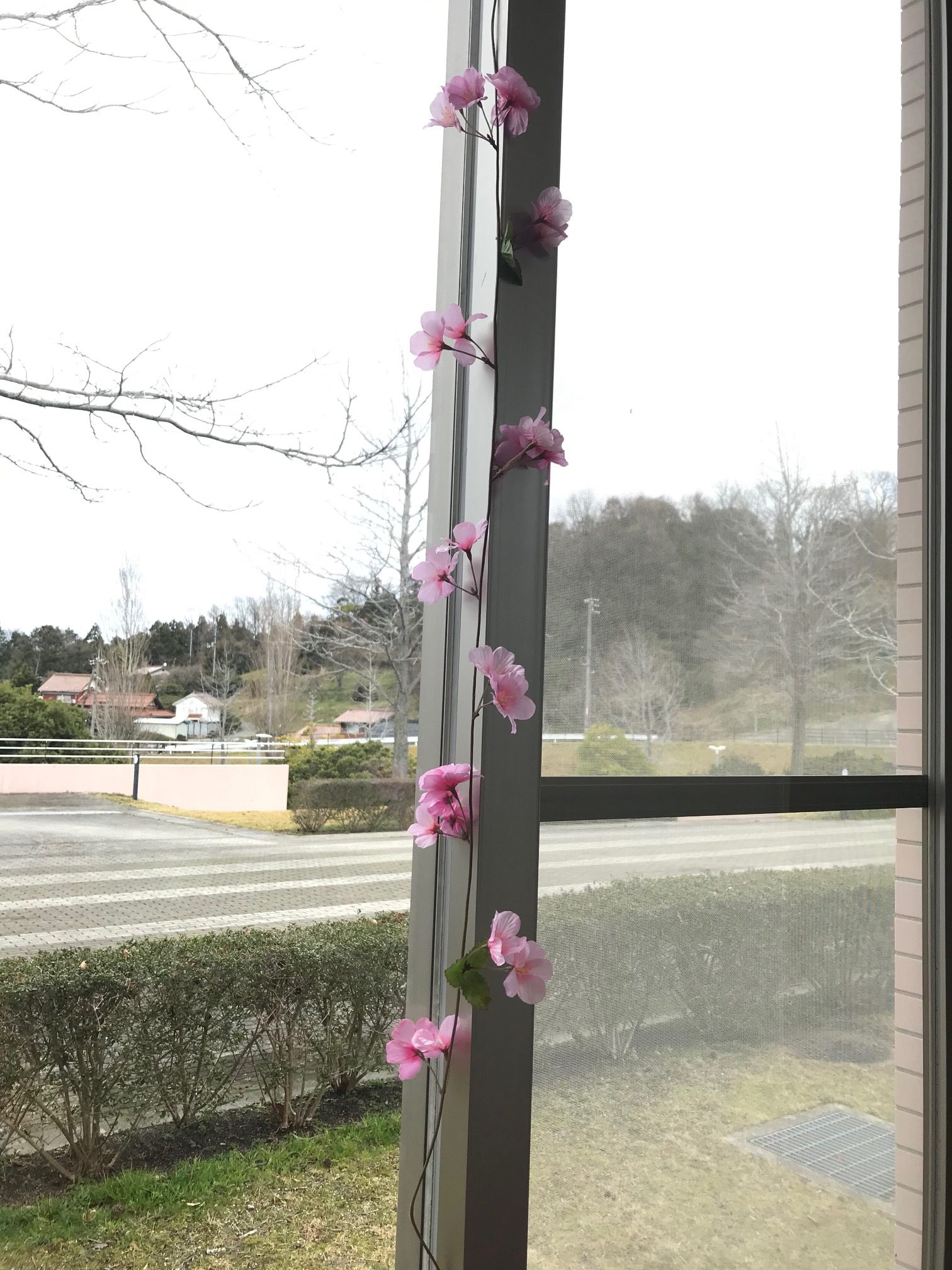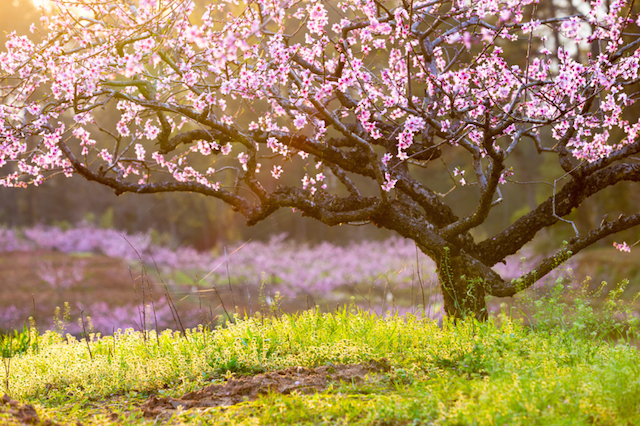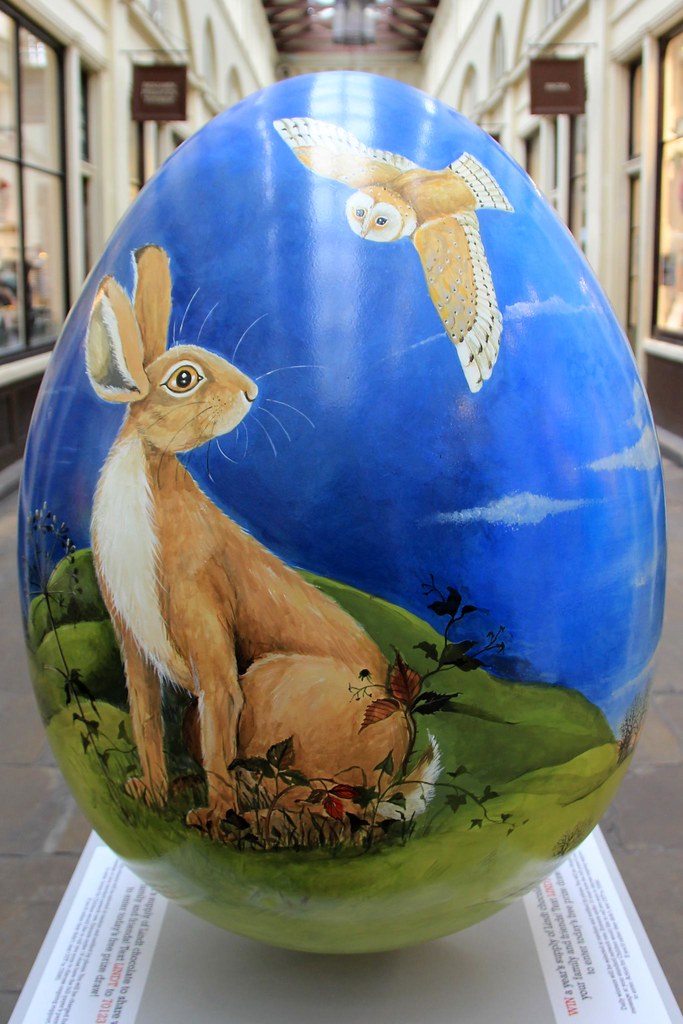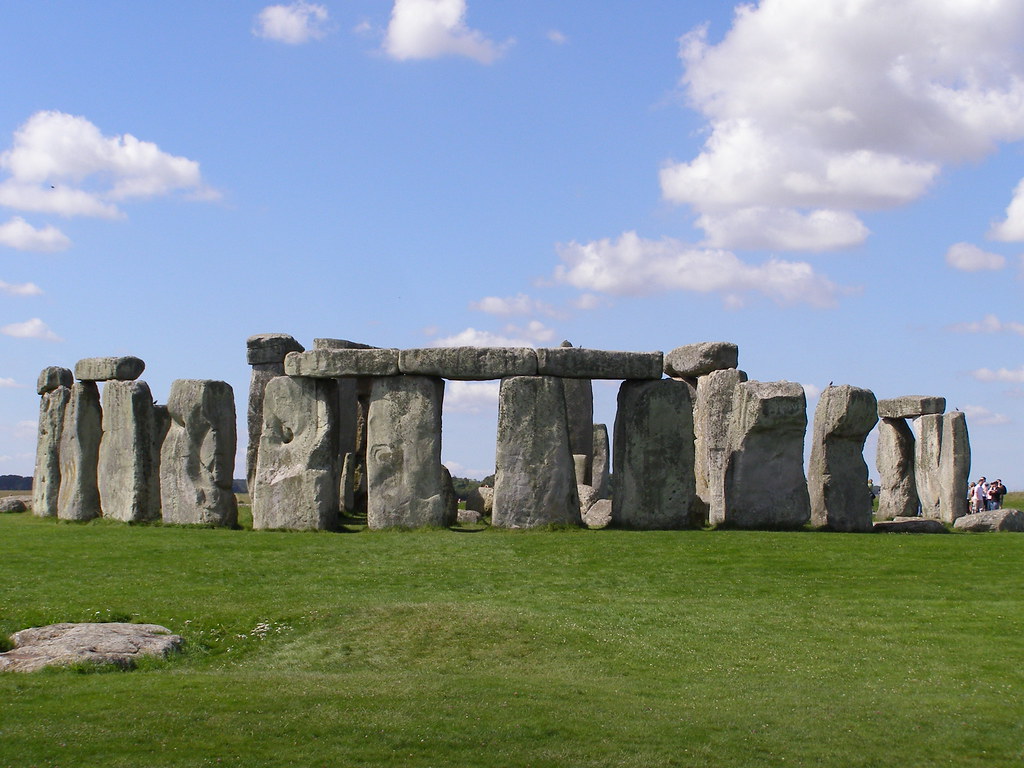- Spring has arrived in Shimane, and we are excited to see the sakura everywhere! The LLSR is decorated for the occasion:







2. Many cultures have a holiday or festival to celebrate the arrival of spring and the “rebirth” of nature. In Japan, there are hanami festivals. Similarly, there is a Jewish holiday called Tu BiShvat, or the Jewish new year for trees (originally, food-producing trees), which is celebrated in February in parts of America and in Israel.

3. Other springtime nature celebrations are harder to identify in English-speaking cultures. In many parts of Europe, traditional springtime festivals were officially replaced by religious holidays several centuries ago. However, some old traditions remain. For example, many people celebrate Easter (a Christian holiday) by decorating with eggs and rabbits, which are old Celtic symbols of fertility in spring.

4. True nature celebrations do exist in English-speaking cultures, although they are not culturally ubiquitous (ありがちな). For example, despite previous centuries of efforts to eliminate pagan religions in Europe, there is still an annual gathering of people at Stonehenge for the spring equinox, although attendance varies by year.
